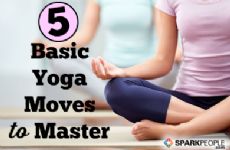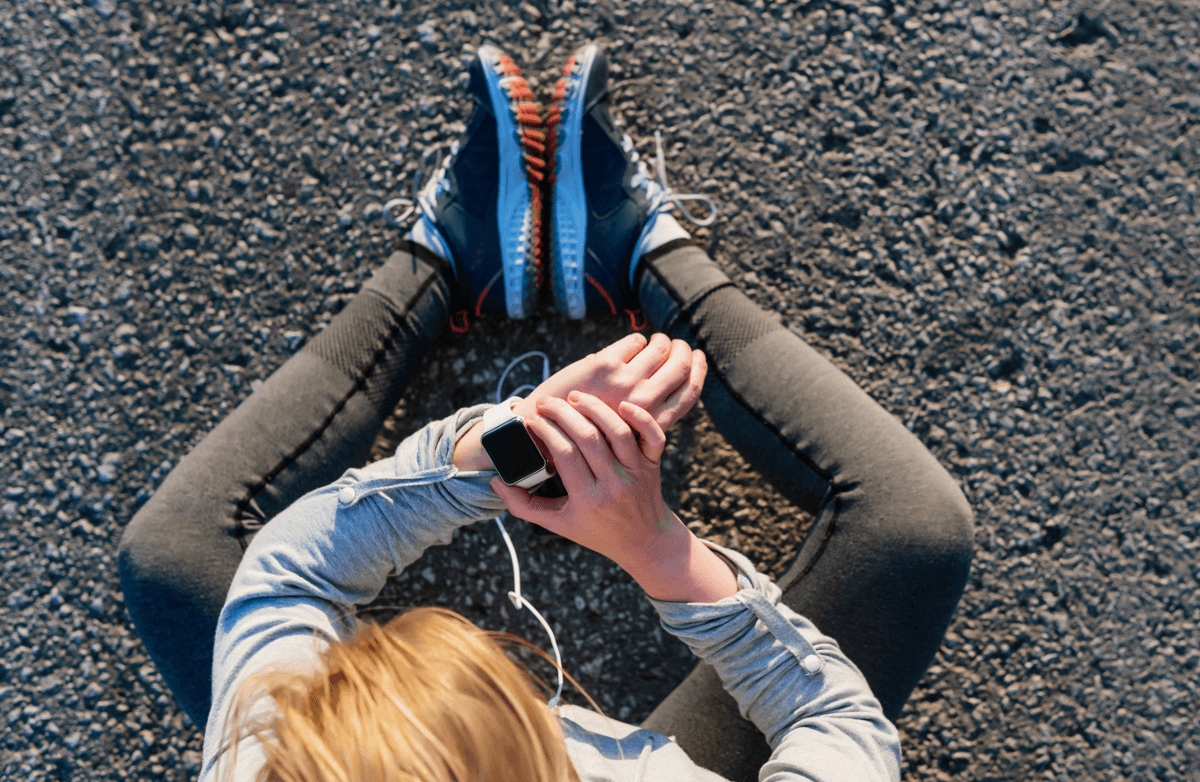|
I've been teaching yoga for a little more than three years now, and I've been practicing almost twice as long. The most difficult part of the practice for me has been not the physical poses--though there still are many that challenge me, particularly inversions--but everything else. As someone who has always had trouble sitting still and who battles anxiety, yoga is both therapy and, on certain days, torture for me. I keep doing it because, quite simply, it's what I do. I encourage my students and friends interested in the practice to do the same. Today I want to share with you a few short lessons I've gleaned from my years on the mat. I share these both as encouragement for you and as reminders for myself, for we're all students with room to grow and learn. Breathe. Whether you're fully in the pose or taking a modification, your primary focus should be on your breath. Keep it even and deep, with your inhales matching your exhales in length and intensity. Holding the breath is tempting, especially in balancing poses, but the breath is what gives us energy. Keep it flowing to breathe life into your poses. Yoga without breath is calisthenics. Focus on you. Don't worry about what anyone else is doing. There's often going to be someone who's there to show off, just as there is usually going to be someone who's new or who's doing his or her own thing on the mat. What matters to you is what is happening inside the perimeters of your yoga mat. Stay focused, with your mind and your gaze, and you can tune out everything else. Turn off your inner critic. You teacher leads you into a pose, then offers optional steps to take it deeper. Everyone else goes for the bind, reaches for their toes, or whatever else it is that takes this pose to the next step. You're not ready, and your mind starts criticizing you. Take a deep breath and let it go. You're there to breathe and to move. To what extent you move doesn't matter. You could take child's pose for the rest of class, eyes closed, breath deep, and you'd still be practicing yoga. It's about more than the body. Asana (physical practice) is only a small part of the practice. There's no denying that yoga is a workout for the body. When you're sweating, your legs shaking from trying to balance, your arms sore from all the "yoga pushups" it's easy to only focus on physical. The real challenge is remembering that you're there to quiet the mind, and these poses are the hurdles set in front of you as chances to practice calming your inner voice. Don't qualify your practice. How many times have you left a practice or class and said "that was great" or "that was terrible." What made it great? What made it terrible? Usually, the answer is your ego. You made it all the way through the class without taking child's pose, so it's "great." You fell out of a balancing pose or couldn't kick up for a headstand--terrible! Rather than qualifying your practice, just let it be. The poses--those that are strong and those that challenge you or are beyond your reach--are there as a chance to practice yoga. And I don't mean practice just the physical poses but practice controlling the breath, quieting the mind, and moving your body with more awareness. I still have to remind myself that yoga is about more than the physical, that this practice is doing great things for my mind as well as my muscles, that not wanting to unroll my mat is the time I need yoga most. I continue to grow and evolve as a student of yoga, and I hope to continue to pass along what I've learned to you. Which aspect of yoga is most challenging to you? Want to save big on yoga-related deals and support SparkPeople? Check out these two SparkPeople Deals: $29 for Lifetime Online Yoga Membership (Save 63%) 35% Off Hand-Woven 100% Cotton Yoga Mats |
More From SparkPeople
|





















.jpg)
